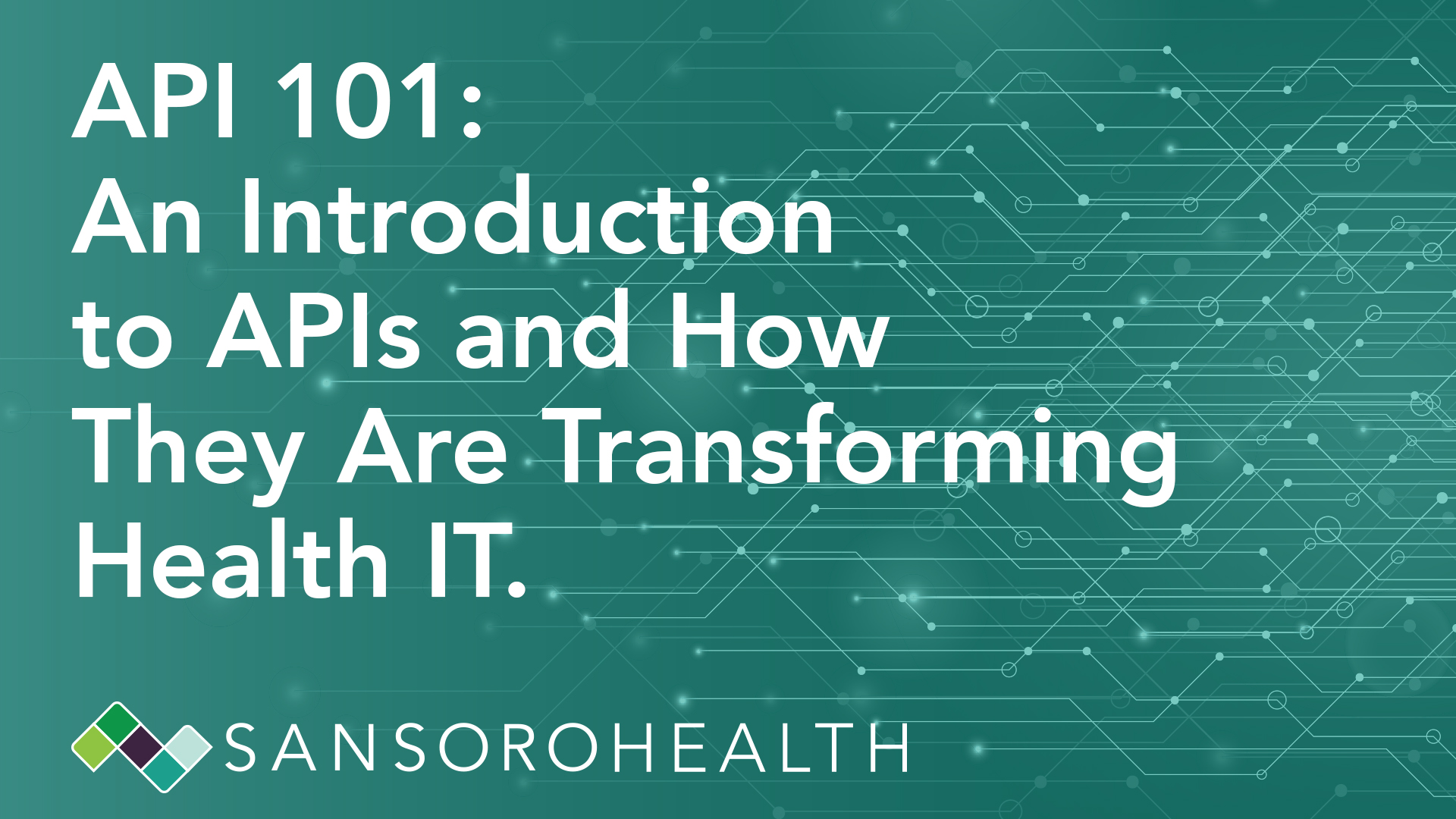August Community Roundtable Provides Multi-Faceted View of Prior Authorization Regulatory Requirements and Da Vinci Implementation Resources
For the August HL7 Da Vinci Project Community Roundtable, industry leaders will offer an insightful, holistic discussion targeting those who want to better understand how best to meet prior authorization regulatory requirements aiming to increase efficiency and improve patient outcomes.
With a focus on the latest developments surrounding the Da Vinci Prior Authorization Implementation Guides (IGs), the session begins with an examination of clinical and business drivers and a level-setting overview of federal and state level-activities impacting prior authorization requirements. Then we highlight technical standards, focusing on the underlying requirements of CMS-0057, HTI-4 and the current status of the IGs. The session concludes with how Da Vinci responds to industry needs, fostering a supportive environment for implementation and providing education, resources, and learnings from real-world implementers and piloting opportunities for those on their implementation journey.








